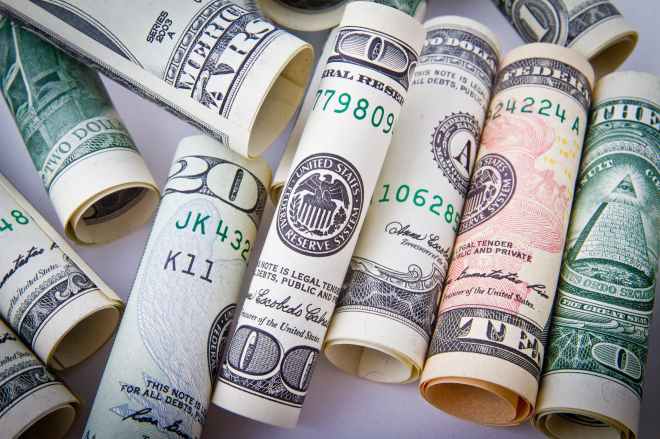
Six months ago, Chase Bank had an interesting promotion I just had to take advantage of. With the opening of an account, they were going to give me $200! I researched the fine print which was simple, so I signed up and collected the free cash. To qualify, I had to route two direct deposits a month to my account, those deposits needed to equal at least $500 a month, and maintain a balance of $1,500. After following these terms for 9 months, they would deposit $200 into my account. There was an opportunity to earn an additional $300 if I had a total of $25,000 deposited within the Chase system (these were products like a checking account, savings account, CD’s, and money market accounts). I didn’t have that much at the time, so I settled for the $200.
When I opened the account, they gave me the $200 within the first 10 days. If I did not follow the term of their promotion, I’d have to pay back the $200. That was fine with me. What did I do with the money? The answer might surprise you a little bit. I invested it in a Robinhood account. Continue reading Sure Chase, I’ll Take Some Free Money


